Material Science and Engineering
Cloth holds the power for storing energy
A woven carbon cloth coated in a conducting polymer and an oxide-material provides a stable way of storing energy.

A carbon cloth coated in a conducting polymer is a potential route to stable supercapacitors when coated in ruthenium oxide.
Reproduced with permission from reference 1. © 2015 WILEY-VCH Verlag.
A novel storage solution using woven cloth devices that can store electrochemical energy with a longer life than batteries has been fabricated by researchers from KAUST1.
Finding storage solutions for energy created by wind and solar technologies is an important step in sustainable power. Yet there are many constraints. Solar cells only work in daylight and turbines require wind. Current ways to store power when the generators stop have limitations. Batteries, while relatively cheap with a large capacity, have a short lifetime.
So Husam Alshareef and colleagues from KAUST’s Physical Science and Engineering Division, including Ph.D. student Chuan Xia, are following an alternative strategy using supercapacitors. Capacitors store energy in the form of electric fields between two conductors separated by a dielectric. Supercapacitors can attain a much higher storage capacity by replacing the dielectric with an active electrochemical spacer.
Building on previous research, Alshareef’s team made a supercapacitor from a woven carbon cloth coated in a conducting polymer called polyaniline, which was clad in a thin layer of ruthenium oxide.
Previously polyaniline was considered a promising supercapacitor material: cheap, easy to process and with a high capacitance. But, polyaniline has a propensity to swell and contract when it is charged and discharged, causing cracking and reducing a device’s capacitance over time.
To stabilize the polyaniline, and increase the supercapacitor’s longevity, the KAUST researchers surrounded the device by ruthenium oxide. This acts as a scaffold to hold the polymer together, simultaneously assisting injection and extraction of the charge in and out of the device.
The researchers placed a carbon cloth into solution containing aniline monomer and an oxidant. A polymerization process coated the carbon strands in vertically aligned polyaniline nanofibers. They then used a low-temperature process, called atomic layer deposition, to coat the cloth in ruthenium oxide and prevent degradation of the polymer.
An optimum oxide thickness had to be found for maximum performance. “We found that too thin an oxide layer left the polymer exposed to the electrolyte resulting in poor cycling performance,” explains Alshareef. “On the other hand, too thick an oxide layer covered the nanostructured surface of polyaniline and substantially lowered device capacitance.”
“Our device has one of the highest capacitance values reported for polyaniline electrodes,” says Alshareef. Importantly, they showed that this capacitance dropped by only 12 percent after 10,000 charge–discharge cycles — which is lower than the 35 percent in a similar supercapacitor made without the ruthenium-oxide surface layer.
The device demonstrates a new approach to prepare metal-oxide/conducting polymer hybrid electrodes that also exhibit excellent electrochemical performance.
References
- Xia, C., Chen, W., Wang, X., Hedhili, M. N., Wei, N. & Alshareef, H. N. Highly stable supercapacitors with conducting polymer core–shell electrodes for energy storage applications. Advanced Energy Materials 5, 1401805 (2015).| article
You might also like
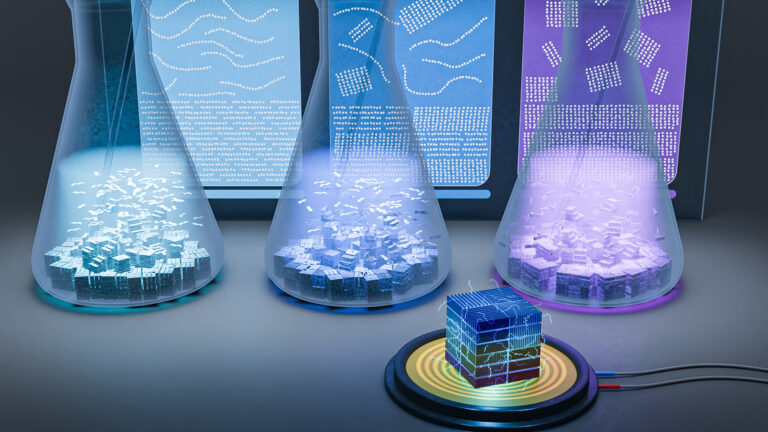
Material Science and Engineering
Solvent selection tool boosts thermoelectric devices
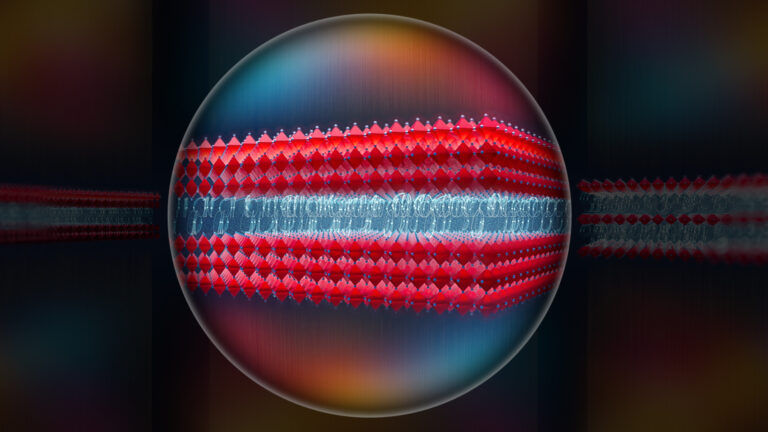
Material Science and Engineering
Electron movie guides design of layered perovskite materials
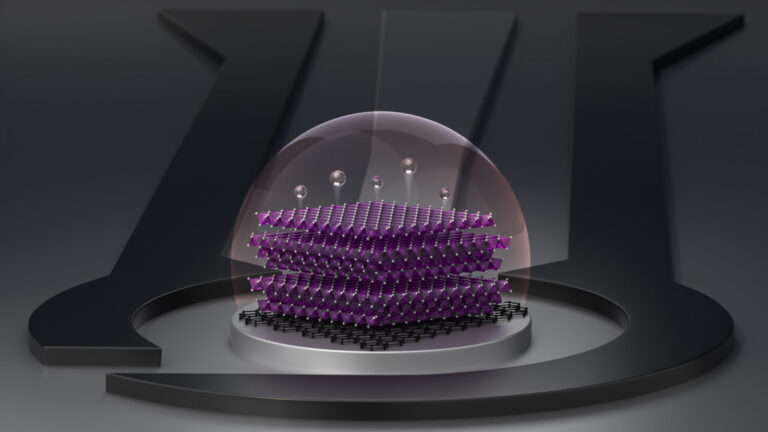
Material Science and Engineering
Remote region sensor for essential vitamin deficiency
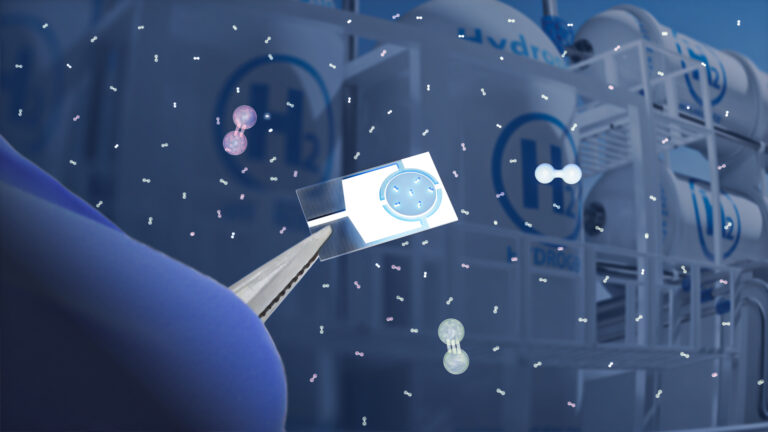
Material Science and Engineering
Low-power hydrogen sensor detects leaks in an instant

Material Science and Engineering
Illuminating pathways to long-lived organic solar cells

Chemistry
Beating the dark current for safer X-ray imaging

Chemical Engineering
Net benefits for advanced materials design
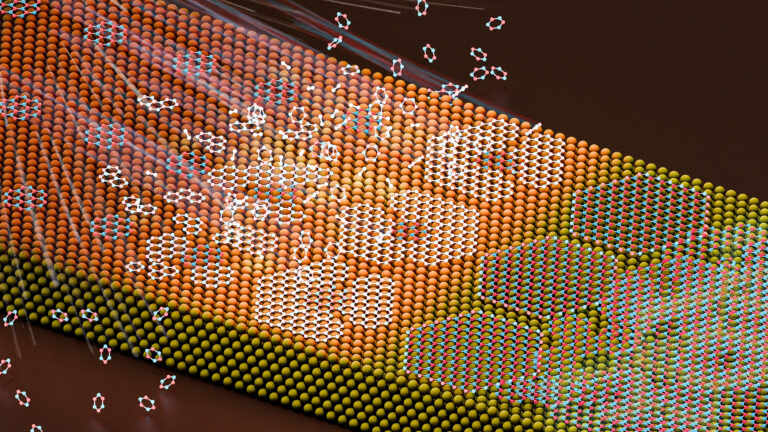
Material Science and Engineering



